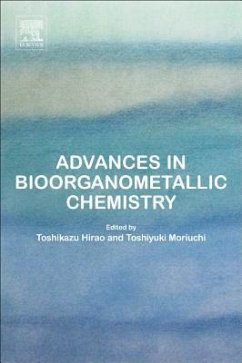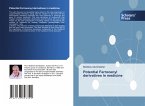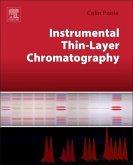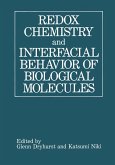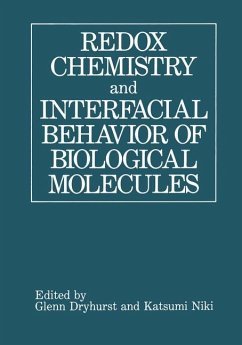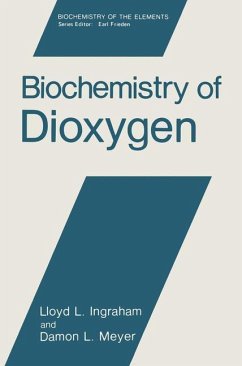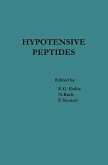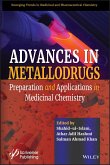Advances in Bioorganometallic Chemistry examines the synthesis, structure and reactivity of bioorganometallics, their pharmaceutical applications, hydrogenase, vitamin B12-like systems, and metalloproteins. It is written by the top researchers in the field and compiled by editors Toshikazu Hirao and Toshiyuki Moriuchi. Developments in this new field of bioorganometallic chemistry, a hybrid between biology and organometallic chemistry, happen very quickly and this comprehensive reference offers the latest research and findings in the field. The book features a discussion of the synthesis, structure, and reactivity of bioorganometallics, and an examination of hydrogenase-like systems, which were designed to demonstrate catalytic activities and functional properties.
Advances in Bioorganometallic Chemistry also includes a discussion of bioorganometallics as they relate to medicinal chemistry, specifically applications of metalloproteins, metalloenzymes, and applications in bioimaging. The book concludes with coverage of vitamin B12-like systems, including the latest developments in derivatives designed to perform bio-inspired catalytic reactions.
This work is a valuable resource for chemists working in organometallic chemistry and biology, including biochemists, bioorganic chemists, bioinorganic chemists, as well as pharmaceutical scientists, medicinal chemists, and students studying in these areas.
Representative authors:
R. H. Fish, T. Moriuchi, T. Hirao, H.-B. Kraatz, H. Takaya, T. P. Curran, G. van Koten.
E. Rosenberg, J. M. Lynam, C. G. Hartinger, U. Schatzschneider, G. S. Smith, R. Alberto,
S. Takenaka, T. Ihara, T. Hayashi, T. Ueno, P. Schollhammer, Y. Shomura, Y. Hisaeda,
H. Shimakoshi, B. Kräutler
Hinweis: Dieser Artikel kann nur an eine deutsche Lieferadresse ausgeliefert werden.
Advances in Bioorganometallic Chemistry also includes a discussion of bioorganometallics as they relate to medicinal chemistry, specifically applications of metalloproteins, metalloenzymes, and applications in bioimaging. The book concludes with coverage of vitamin B12-like systems, including the latest developments in derivatives designed to perform bio-inspired catalytic reactions.
This work is a valuable resource for chemists working in organometallic chemistry and biology, including biochemists, bioorganic chemists, bioinorganic chemists, as well as pharmaceutical scientists, medicinal chemists, and students studying in these areas.
Representative authors:
R. H. Fish, T. Moriuchi, T. Hirao, H.-B. Kraatz, H. Takaya, T. P. Curran, G. van Koten.
E. Rosenberg, J. M. Lynam, C. G. Hartinger, U. Schatzschneider, G. S. Smith, R. Alberto,
S. Takenaka, T. Ihara, T. Hayashi, T. Ueno, P. Schollhammer, Y. Shomura, Y. Hisaeda,
H. Shimakoshi, B. Kräutler
Hinweis: Dieser Artikel kann nur an eine deutsche Lieferadresse ausgeliefert werden.

